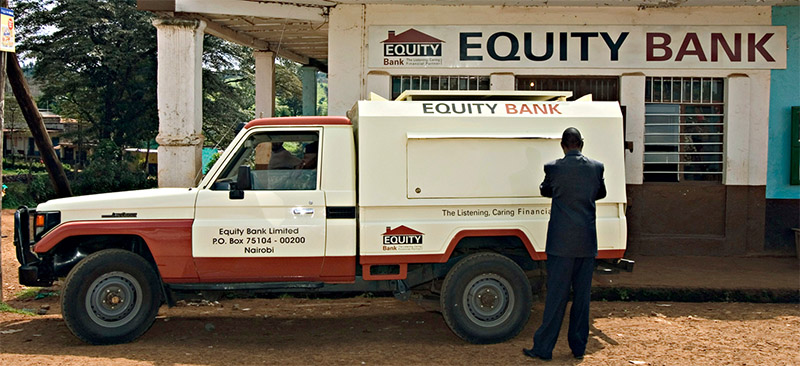Most people reading this blog already understand that the headlines trumpeting the advantages and steady gains in moving money around via mobile phones, and even edging out credit/debit cards (The Wall Street Journal , the BBC and Marketing are recent examples), refer to the projected 894 million mobile-banking users of smart phones and tablets—not the simpler feature phones, the ones without 3G or 4G capability and usually without reliable internet access, that the 2.5 billion who have no bank account are far more likely to be using.
Kenya’s M-PESA is of course the notable exception, but Kenya’s regulatory environment is also exceptional, and a surprisingly long list of technical and distribution problems exist behind the poster child’s cheery façade. (For a more thorough understanding of these issues, please see MicroSave’s Riding the M-PESA Rails.)
Meanwhile, the reasons the Samsung Galaxies and iPhones/pads seem to be doing so much better than the un-fancy phones are often ignored. The general supposition in poor, unbanked communities seems to be that the need is there and the numbers are there, so why aren’t more people using phones to send money home, pay bills, save for the dry season, or even just “pet their money”? (Rich or poor, many enjoy constantly monitoring their cash.)
MicroSave has done some useful research on this topic recently and here are some of the findings:
- Afghanistan’s mobile money efforts are hindered by security breaches and poor literacy (many customers can’t read the text messages in the transactions), but in general, women and soldiers—both highly limited in their mobility for different reasons—find loan repayment (female borrowers) and pay deposits (military personnel) to work faster and cheaper via their phones than the taxis, travel time, and other complications imposed by their previous banking methods.
- Abdullah Sawiz, Project Management Specialist, USAID, has more to say on these and other issues in a podcast series sponsored by MicroSave and Mobile Money Gateway.
- Debbie Watkins, a Shore Bank International project manager for bKash in Bangladesh, also participated in this podcast series. Focusing on customer needs, rather than the various and bank and telecom partner directives. Ms. Watkins reminds us that changing habits, even the informal bordering on illegal habits, for customers’ hard-earned, precious cash is never easily accomplished. Without trust and proof of reliability, the features of a bKash mobile wallet are irrelevant to most prospective users. Allowing them to decide what bKash can usefully offer will improve its chances for success.
- A separate CGAP study on remembering PINs in rural Bangladesh also takes the customer perspective on a problem that is widely prevalent in Uganda and other markets as well.
- Mobile Money–Influencers of Success is the source for those of you who want the full spectrum of mobile money offerings around the world (16 services covered), useful detail on the various regulatory environments, and a more comprehensive understanding of service providers (bank, mobile operators, and others) and how they can work together, the technology and the more limited and potentially confusing user-interface issues, distribution, customer value propositions, and the many ways marketing, branding, and incentives have failed or succeeded thus far.
- No discussion of mobile money is complete without a full review of possible fraud techniques, an uncomfortable—and expensive –reality that the service providers for both rich and poor customers must address.
- The GSMA’s Managing the Risk of Mobile Money estimates that the billions of dollars lost each year will continue to harm both reputations and revenues until more rigorous controls are in place. Which is easier said than done. Customer and agent-driven fraud is usually possible to detect and deter over time; the inside jobs perpetrated by employees, systems administrators, and business partners are much more difficult.
Mobile money is still one of the best and brightest hopes for full financial inclusion moving forward. Nevertheless, a bit more caution and realistic assessment of the technical and business issues—and the even more troubling customer hesitation and disenchantment issue- will improve the long-term chances of success.





